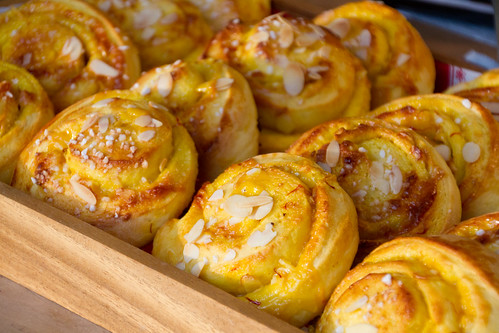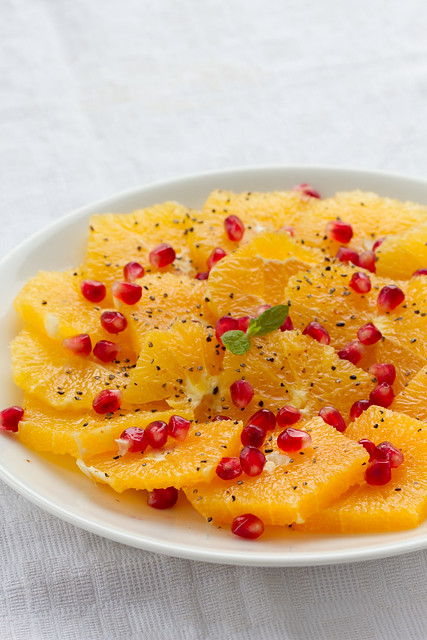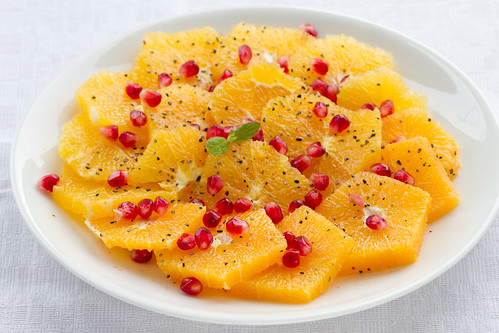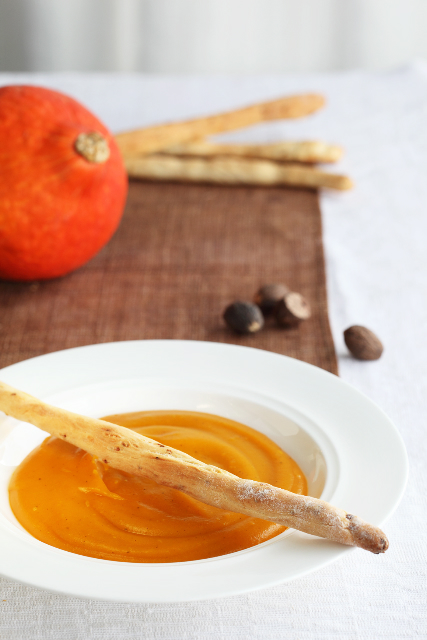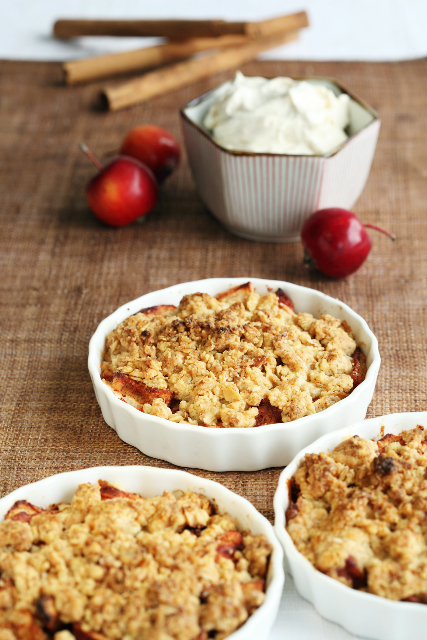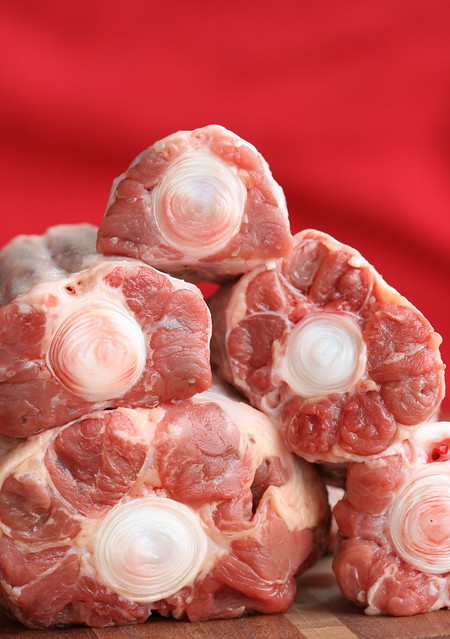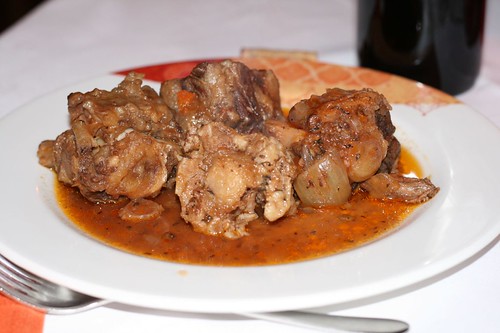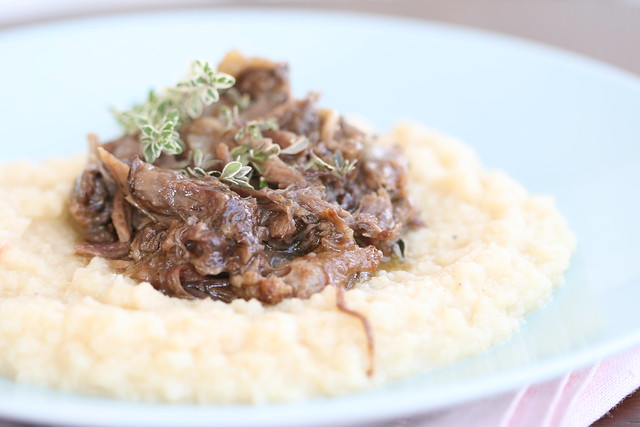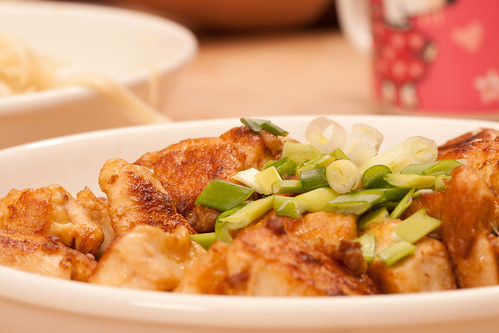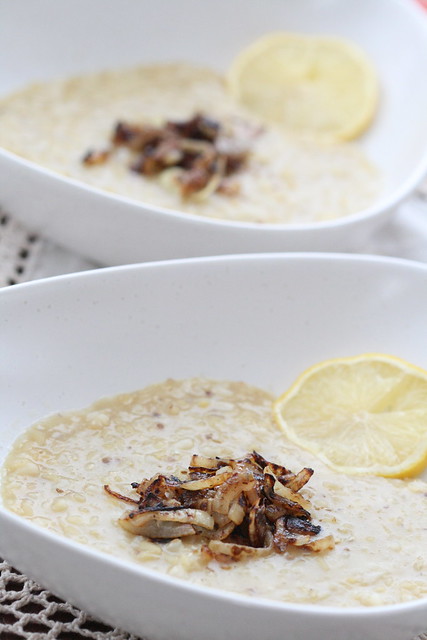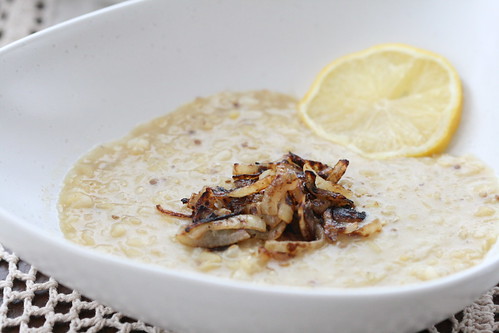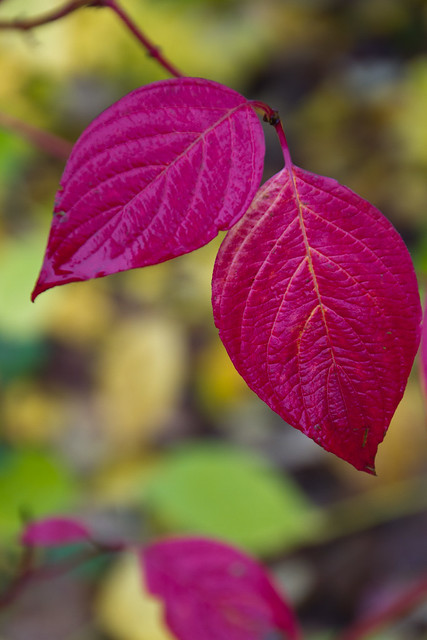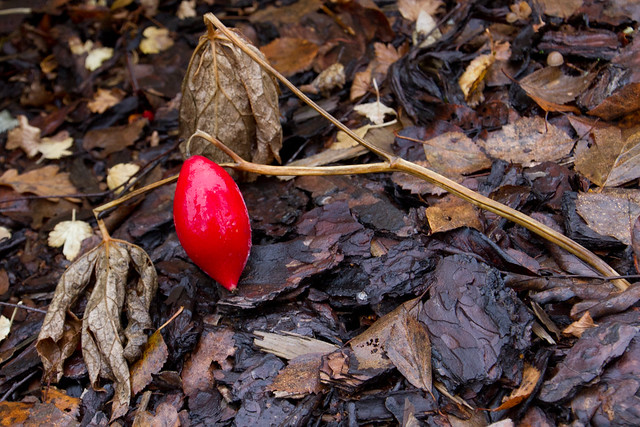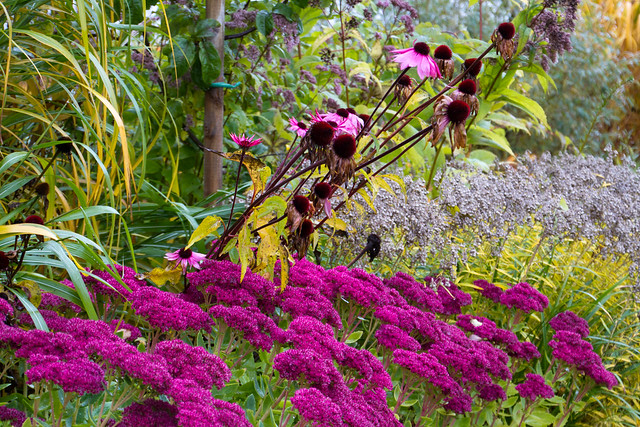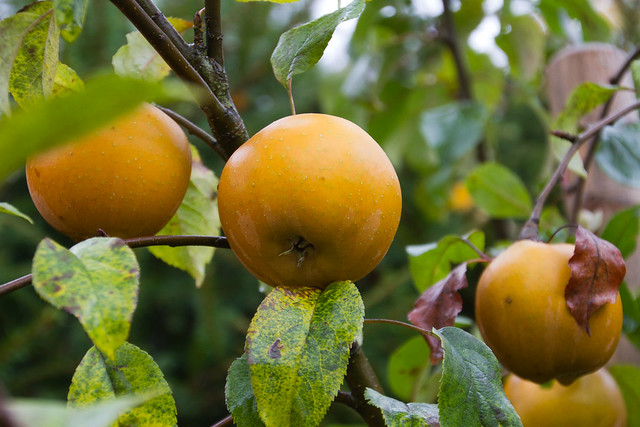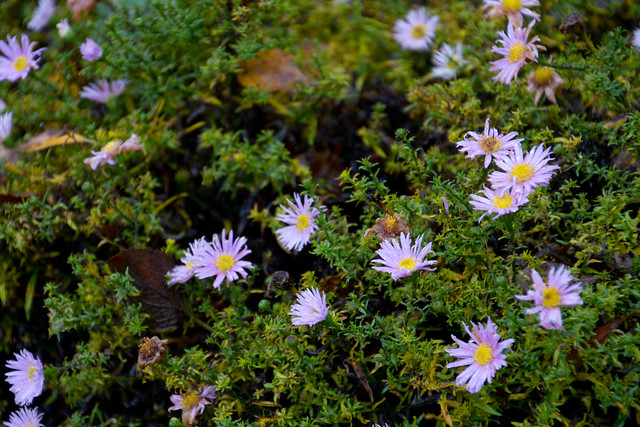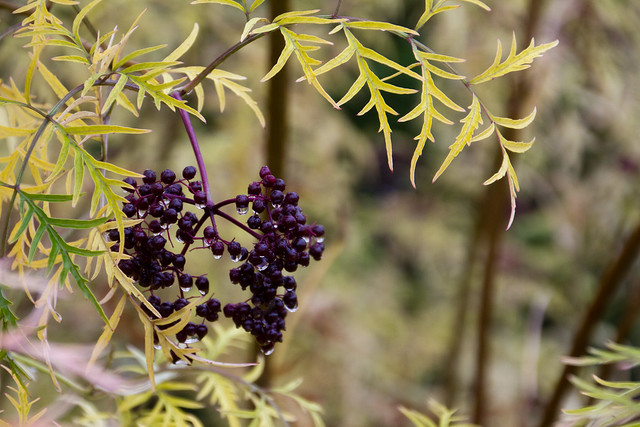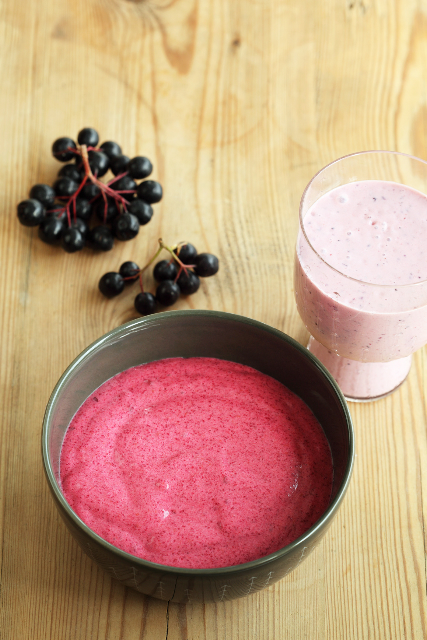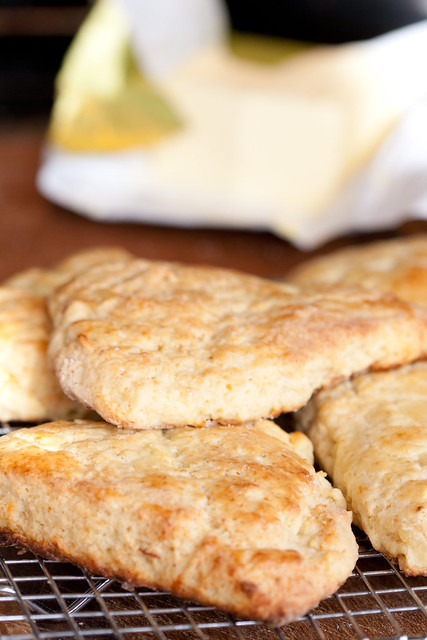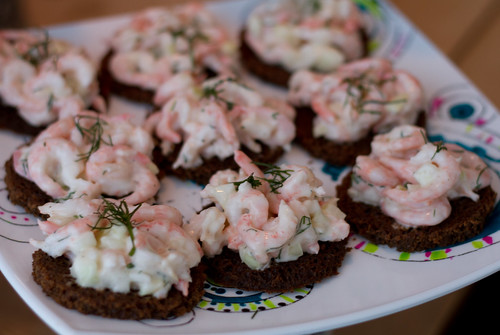 Christmas and New Year, although just a scant week apart, seem to be different seasons altogether for our little family here in Estonia. Throughout December and until Christmas, we eat black pudding and sauerkraut and pork roasts - the traditional Christmas fare - a lot. We'll start eating Christmassy food early, weeks before Christmas. You see, you need to identify the best brand of black pudding (aka blood sausages) at the market each year, so you start sampling in mid-November already. Sauerkraut, on the other hand, is the seasonal vegetable at this time of the year, so we eat a lot of that as well. When the Christmas comes, we still eat the traditional Christmas fare and enjoy it.
Christmas and New Year, although just a scant week apart, seem to be different seasons altogether for our little family here in Estonia. Throughout December and until Christmas, we eat black pudding and sauerkraut and pork roasts - the traditional Christmas fare - a lot. We'll start eating Christmassy food early, weeks before Christmas. You see, you need to identify the best brand of black pudding (aka blood sausages) at the market each year, so you start sampling in mid-November already. Sauerkraut, on the other hand, is the seasonal vegetable at this time of the year, so we eat a lot of that as well. When the Christmas comes, we still eat the traditional Christmas fare and enjoy it.And then, suddenly, I've had enough. For the New Year's Eve I want to hear nothing about the heavy winter stuff, and am serving various elegant and light canapés instead (and even if there is some black pudding on the table, it's hidden in puff pastry pinwheels or black pudding profiteroles).
Here's a little and light and elegant canapé I'm planning to serve this time*. Not so dissimilar to Toast Skagen or this Swedish shrimp salad, but being served on small crisp dark rye bread slices, it's a a great and festive mouthful. Oh, and once we are talking about rye bread appetizers - these smoked salmon mousse canapés are wonderful, too!
* And yes, of course we are hosting a big New Year's Eve bash this year as well. The logistics of getting three kids to a party at a friends' house is too much to bear just now, so we are being lazy and staying at home, asking dear friends to come over instead :))
Shrimp salad on rye bread
(Krevetisalat rukkileivaviiludel)
Makes about 16
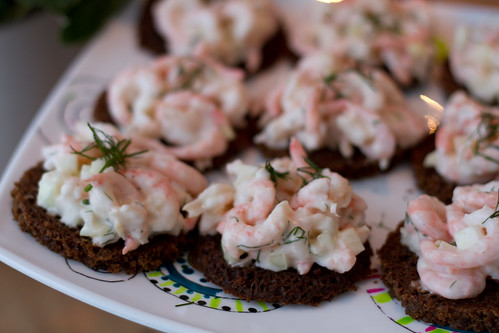
250 grams cooked and peeled shrimps
2 Tbsp finely chopped red onion
1 Tbsp finely chopped fresh dill
100 g good-quality mayonnaise
sea salt and freshly ground black pepper
lemon juice, to taste
To serve:
8 slices of dark rye bread
If using frozen shrimps, defrost them and drain thoroughly (I prefer those in brine, which are more expensive but easier to use). If you wish, chop them coarsely. Mix with onion and dill, then add the mayonnaise. Season to taste with salt, pepper and lemon juice.
Toast the rye bread slices, then cut into triangles or squares or small rounds. Spoon shrimp salad on top.
Garnish with some dill and serve.




